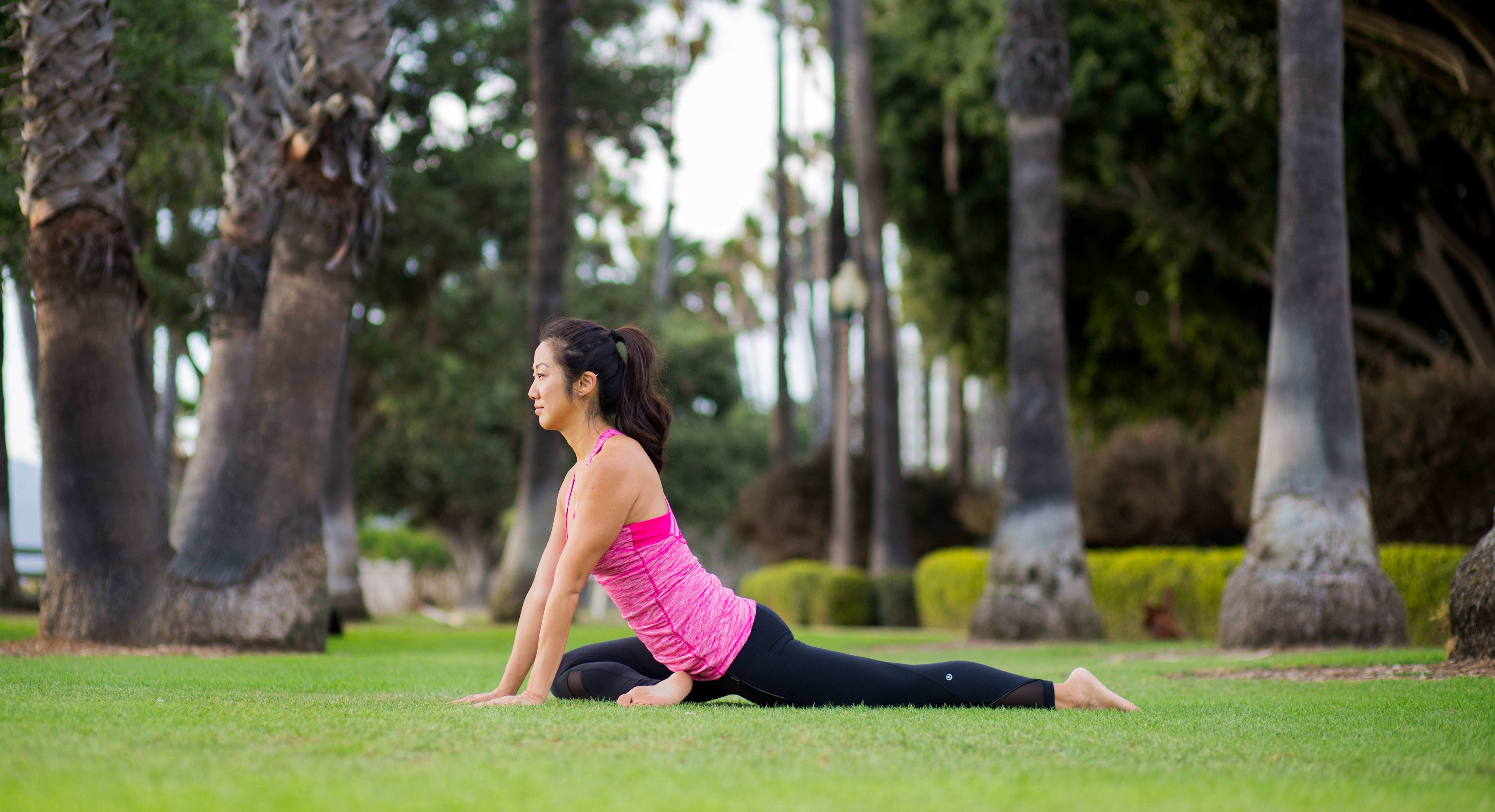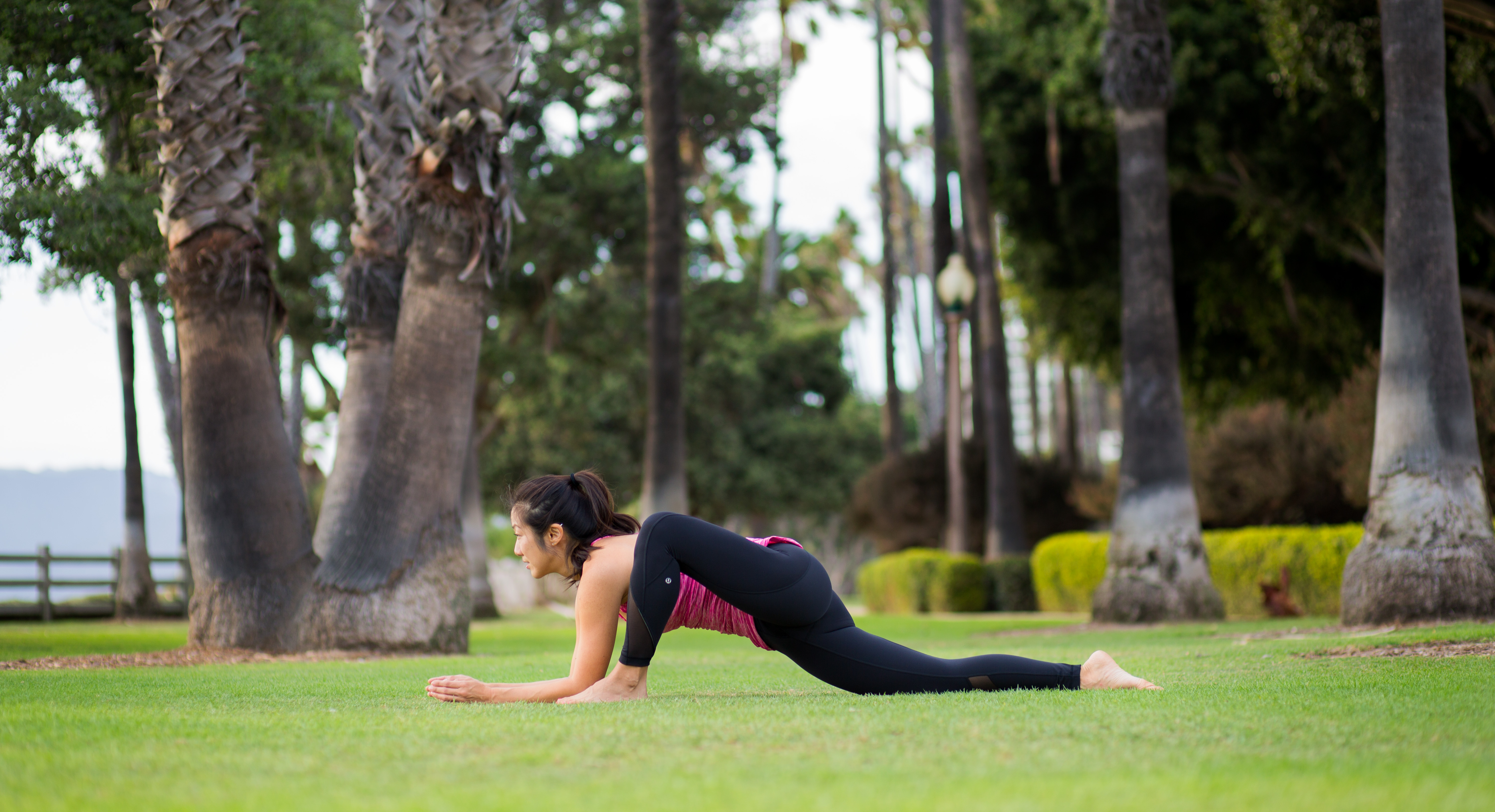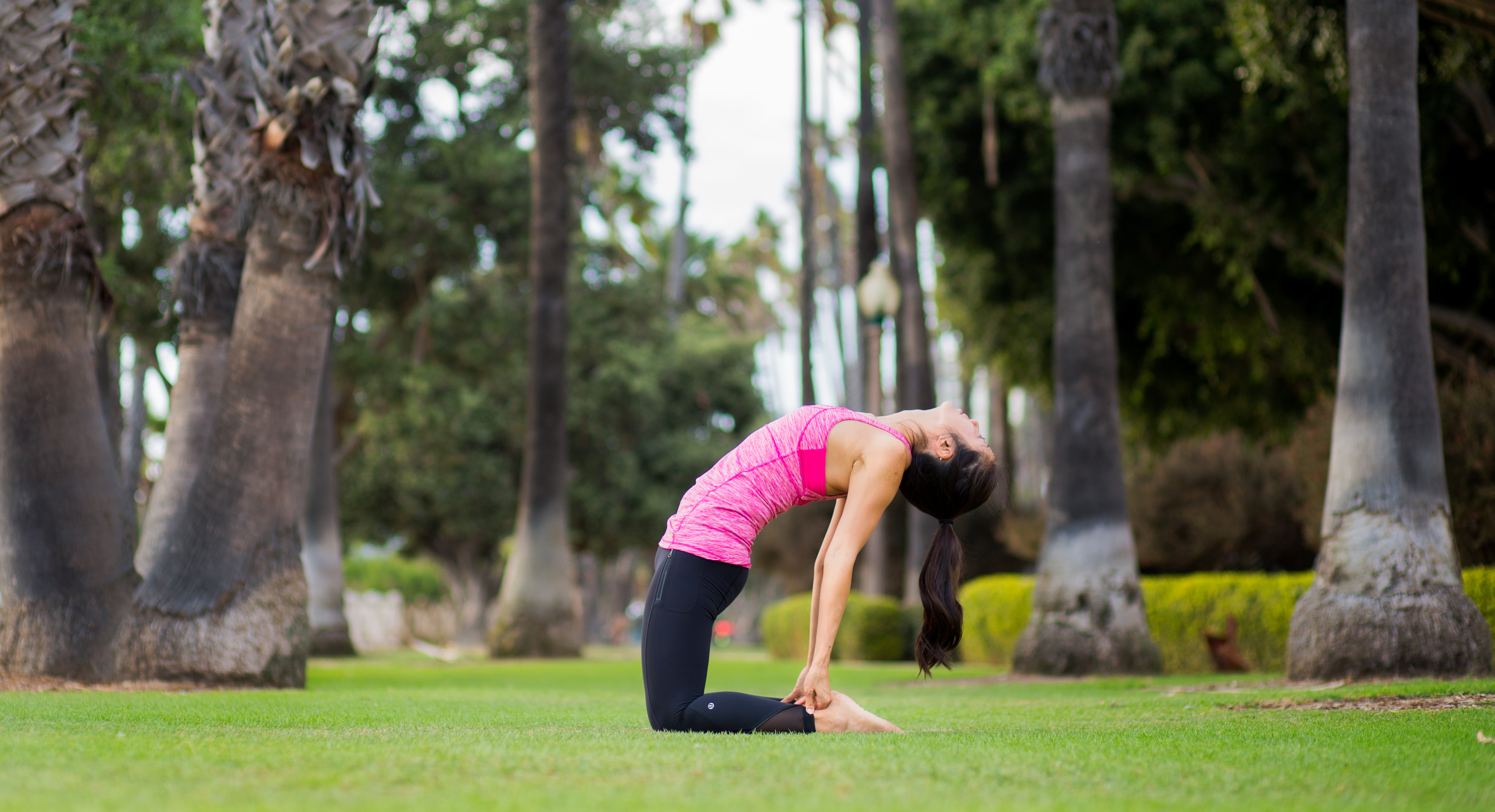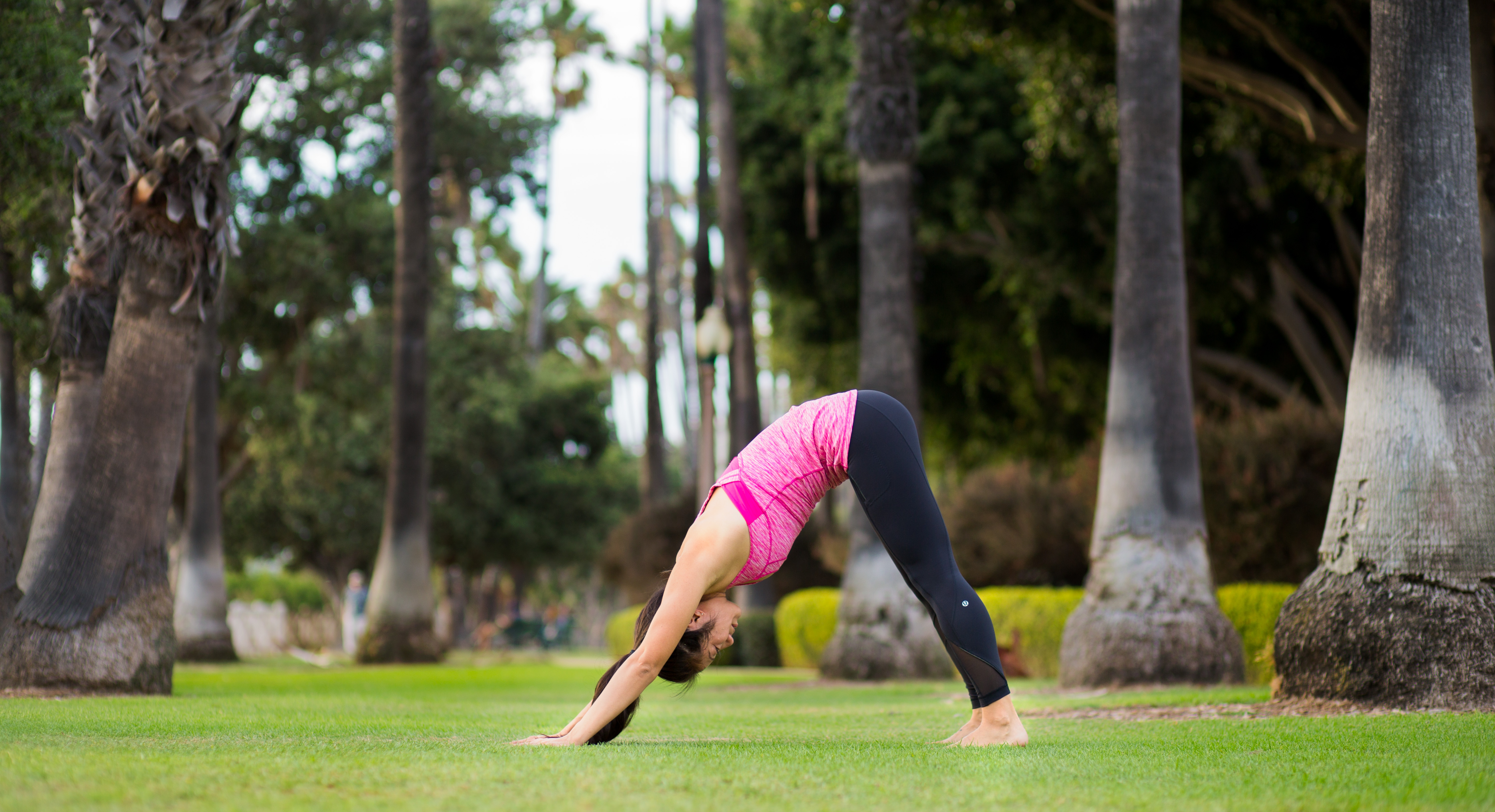The Only Asanas You Need To Experience Emotional Breakthroughs
Last Update: October 14, 2022
It’s becoming more and more common to hit the yoga studio to relieve stress and boost positive energy—but many people don’t often expect to emerge from the mat in tears. But it happens—and it actually means they’re doing something right.
Yoga can be an emotional experience; it makes sense considering the undeniable connection between the physical body and the mind. Just like stress and depression can manifest as inflammation in the body, pent up emotions can cause physical tension.
Asanas—or yoga postures designed to help enhance body function—can help ease this tension, resulting in an emotional release as well. According to yogic tradition, much of our emotional energy gets stored in the hips and heart. “There’s a very strong correlation between the heart and the hips,” says Meital Bat Or, a yoga instructor at Yogala in Los Angeles. “The hips hold everything we need or want to release. The heart area wants to love, wants to connect, and when we’re feeling disconnected from the world, then the heart area will be a little more closed.” Working through these particular areas can allow the body to relax enough to unleash these energies to flow through the chakra line from the hips to the heart, and allow long-held feelings of sadness, confusion, or other strong emotions to surface.
Yogis believe that’s why some people end up in tears during pigeon pose. It might be uncomfortable for the practitioner—and maybe awkward for others in class—but it can be a pivotal step in addressing the unconscious feelings we try to hide. “I feel that this release is a good thing when it happens because it tells us there’s something hidden inside that wants to be revealed and resolved, requesting us to observe deeper,” says Bat Or. Ultimately, dislodging emotions can lead to an opportunity to practice self-acceptance, become more at peace with oneself, and move forward from things that hold us back.
Want to experience an emotional breakthrough of your own through yoga? Here are the best asanas to do at home to make it happen: hip and heart openers. While taking deep hip-stretching poses can awaken dormant emotional energy, complementing them with heart-opening poses can move energy to the area of the body associated with compassion and love. So if the negative emotions that can be released by hip openers are too tough to handle, heart openers can help the body—and the mind—take it easy.
Super important note: Be gentle. Take these asanas slowly, relax into each pose, and breathe into the area of focus. And don’t feel the need to move through each of these in a single session. Forcing emotional breakthroughs to happen is not the safest approach. Taking one or two poses for a few minutes a day is a good start, but Bat Or recommends a holistic practice that focuses on the full body as often as possible.
It’s always helpful to practice with an instructor who can be supportive through the process. “Yoga is best practiced with an instructor, but then to take it home is the best thing you can do for yourself,” says Bat Or. “Practice with a lot of awareness and attentiveness. The moment is constantly changing, but when we’re attentive then we see what the moment is offering and what we can do.” And if this practice leads to an overwhelming upheaval, it’s worth considering seeking help to further work through any turmoil.
Hip openers
1. Half pigeon
For a deeper stretch, try this. Start in low lunge, with the right foot forward. Lower the left knee to the mat. Walk the right foot to the left, and lower the knee and outer shin to the mat. Sit up tall and square the hips. To go even deeper, lower the torso forward and rest on the elbows, or lay the chest all the way down against the inner right thigh, face down on the mat if possible. Repeat on the opposite side of the body as well.
2. Half king pigeon
Take half pigeon a step further and even incorporate a heart opener by bending the back leg and reaching for the feet or ankles with the arms stretched back. Repeat on the opposite side of the body.
3. Lizard
From downward facing dog (see below), step the right foot to the outside edge of the right hand. Lower the left knee down onto the ground and rest the top of the left foot onto the ground as well. Keep the hands down on the middle of the mat. Make sure to align the right knee with the right ankle and square the hips while sinking into them with each breath. Repeat on the opposite side of the body.
Heart openers
4. Bow

Lay on the belly with hands straight along the torso, palms up. Bend knees, bringing heels toward the buttocks. Reach back with the hands and hold onto the ankles. Keep knees no more than hip width apart. Inhale and lift heels away from the buttocks, while lifting the thighs away from the floor. Press shoulder blades firmly against the back and pull the tops of the shoulders away from the ears.
5. Wild thing
From plank position, bring feet and legs together and walk the right hand to the center of the mat. Exhale and bring body weight onto the right hand, roll onto the outer edge of the right foot, and reach the left arm straight up to the ceiling, keeping hips lifted. Step left foot back with the left knee bent and the ball of the left foot on the ground. Arch the upper back and reach the left arm past the head. Keep pressing down through the right hand and the feet to stay firmly grounded. Repeat on the opposite side of the body.
6. Camel
Come to knees, with legs hip distance apart. Place hands on your hips with your thumbs on the sacrum at the base of the spine. Engage the inner thigh muscles to allow the body to bend slightly backwards, reaching for the heels with both hands. Keep the chest raised and opened, spine long, and head relaxed backward. Engage the thigh muscles again to slowly exit the pose.
Combinations
7. Reclining hero
Come to the knees, with legs hip distance apart. Sit down between the ankles with the spine straight up. Lean back until the elbows and forearms can rest on the ground. Gently lower the upper back onto the ground, resting on the shoulder blades. Reach arms back to stretch out over the head. Use a block to support the lower back if needed.
8. Reclining bound angle
Come onto the back and bend knees with feet touching and resting on the ground. Lower both knees to each side, and allow the soles of the feet to touch. If the stretch in the pelvis feels uncomfortable, support the sides of the knees by using blocks to let them rest upon. Rest arms to the side, palms up. This pose is even more heart-opening when resting the back on a bolster.
In between poses, always feel free to take downward facing dog to relieve some pressure from the heart and inspire a shift in perspective.
Also, child’s pose—possibly our favorite part of yoga aside from savasana—can bring a sense of calm and comfort. Taking it with knees spread extra wide can allow for even more hip opening while giving the body and mind space to rest and rejuvenate.
Photo credit: Alicia Cho








